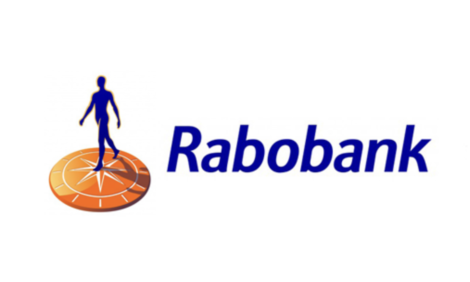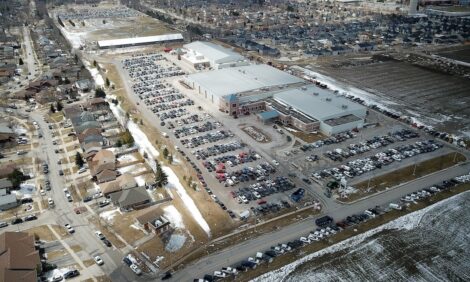



India yet to tap its dairy potential - GAIN
Feed shortages, poor genetics challenge productionIndia has the largest herd of bovine animals making it the largest milk producer in the world. However, the milk yields continue to be low, despite gradual increase, according to a recent US Department of Agriculture (USDA) Global Agricultural Information Network (GAIN) report.
In addition to vulnerability to climate change, the following factors are suppressing India’s milk production potential:
Prolonged feed and fodder shortages: India’s fodder and feed deficit continues to be notable. According to the Government of India, the deficit of green fodder, dry fodder, and concentrate feed ingredients are 11.24%, 23.4%, and 28.9% respectively. Further, the deficit is projected to increase in the future. Such shortages impact milk production and raise the cost of milk production. Additionally the sweltering heat that has hit India prior to the monsoon season exacerbates the fodder and feed shortages in India.
Low genetic potential of cattle: Crossbreds and exotic cattle record the highest yield in India. But these comprise only 39% of the total cows in milk. The remaining 61% are low-yielding indigenous and non-descript cows.
The states of Uttar Pradesh, Rajasthan, Madhya Pradesh, Gujarat, and Adhara Pradesh continue to be the highest milk-producing states in India. Most of the dairy farms in India rear both cattle and buffaloes. Dairy cooperative societies and private milk companies are the two main collectors of the national milk produced.



